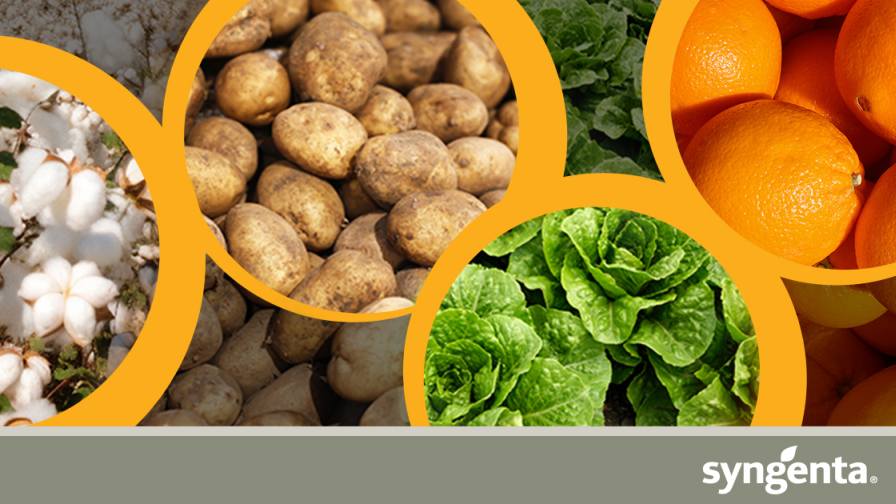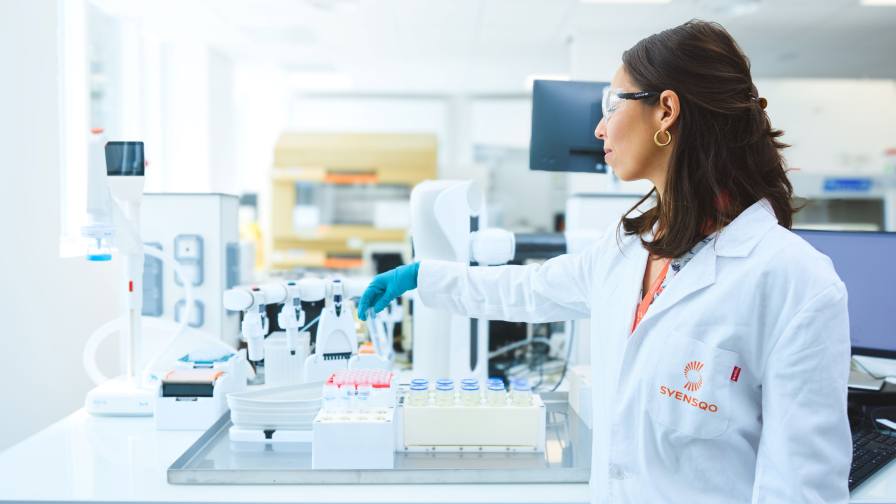NDVI: Innovations in Plant Health Management
It’s impossible to deny that plants are fundamental to life, providing the oxygen we rely on and forming the base of almost everything we eat. Whether directly as fruits and vegetables or indirectly through the animals that feed on them, plants are at the heart of our food chain. Beyond nutrition, plants offer significant medical value, with numerous species serving as the basis for medications or as models for the development of pharmaceutical drugs. They also contribute to our well-being by supplying materials for construction and generating energy for heating and transportation.
Yet, plants are constantly under many threats. As the climate changes, diseases and pests tend to have devastating impacts on flora’s health. Thankfully, by deepening our understanding of how to prevent and manage these risks, we can ensure a more secure and sustainable food supply for future generations. One of the ways to do so is leveraging the power of NDVI images and field data.
NDVI in Plant Health
Vegetation indices are vital tools for assessing the health and vigor of plants by analyzing the way vegetation interacts with different wavelengths of light. They allow scientists, farmers, and environmentalists to monitor plant conditions across vast areas, making it easier to detect changes in vegetation health. One of the most commonly used and effective indices is the Normalized Difference Vegetation Index (NDVI). This index measures the difference between the red light, which plants absorb during photosynthesis, and near-infrared light, which healthy plants reflect. A higher NDVI value indicates lush, healthy vegetation, while lower values can signal stress caused by factors like disease, drought, or nutrient deficiencies.
NDVI data can be collected by satellites or drones and further analyzed via specific software and AI. For example, satellites equipped with particular sensors capture images of the Earth, enabling the calculation of NDVI and other vegetation indices. These images offer a large-scale, comprehensive view of plant health over time, making it possible to track seasonal changes, identify problem areas, and take action early to mitigate potential damage. By using a satellite-based NDVI map, we can more effectively manage crops, forests, and ecosystems, ensuring a more sustainable and healthy environment.
AI in Plant Health
Artificial intelligence (AI) is transforming the way we monitor and protect plant health, offering advanced tools that can analyze vast amounts of data with speed and accuracy. In agriculture and environmental management, AI is used to detect patterns and changes in vegetation, enabling early identification of plant stress, diseases, or pest invasions. By integrating AI with satellite imagery and sensors, it’s possible to continuously monitor large areas, providing a more comprehensive and real-time view of plant health.
One of the most significant applications of AI in this field is its ability to process data from indices like the already mentioned NDVI. AI can also predict future conditions based on historical NDVI data, helping farmers make informed decisions on irrigation, fertilization, or pest control before visible symptoms appear.
Beyond NDVI calculation, AI helps integrate various data sources, such as climate information, soil health data, and crop yield records, to offer a more complete picture of plant well-being. This makes it easier to optimize crop management, reduce losses, and increase agricultural sustainability, all while contributing to global food security. In this way, AI is revolutionizing plant health management by enhancing precision and making agriculture more efficient and resilient.
Drones in Plant Health
Drones are also essential tools in monitoring and maintaining plant health, offering a new level of precision and efficiency in agriculture and environmental management. Equipped with advanced sensors and cameras, drones can fly over large areas, capturing ultra high-resolution images and data that provide detailed insights into the condition of crops, forests, and other vegetation. This aerial perspective allows for quick identification of problem areas, such as pest infestations, nutrient deficiencies, or water stress, often before they become visible to the naked eye.
Drones play a crucial role in enhancing the accuracy and efficiency of vegetation indices like NDVI by collecting data from a close, aerial perspective. Unlike satellite imagery, which can be limited by cloud cover or lower resolution, drones provide highly detailed and real-time images of specific areas, making it easier to spot localized issues. With their ability to fly at lower altitudes, drones offer precise data on crop health, allowing farmers and environmentalists to monitor changes more frequently and respond quickly to emerging problems. This capability makes drones an indispensable tool for maintaining plant health with greater accuracy and timeliness.
Beyond monitoring, drones can also be used to apply treatments directly to the affected areas, whether it’s spraying fertilizers, pesticides, or even water. This precision application reduces waste and minimizes environmental impact. With their ability to quickly survey and address plant health issues, drones are revolutionizing how we manage crops and ecosystems, making agriculture more responsive and resilient in the face of changing environmental conditions.
In general, drones and satellites have their own unique advantages in agriculture and one cannot completely substitute the other. Therefore the best scenario would be to use both, but everything depends on the size, needs, and financial state of a particular farm.






